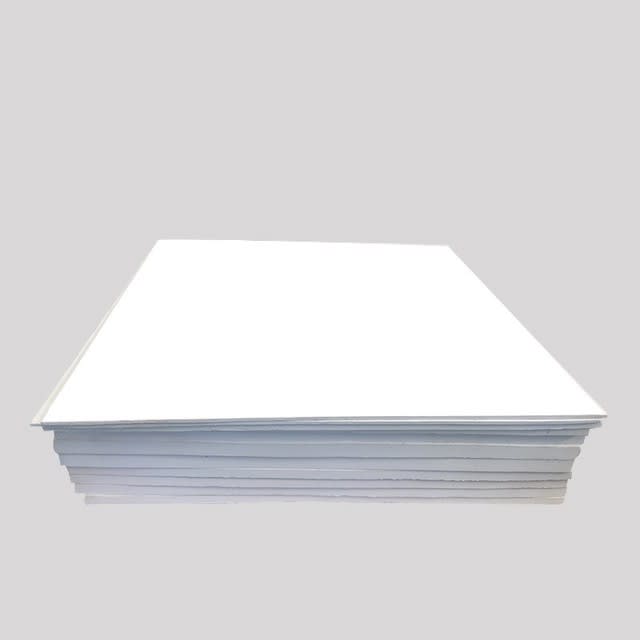Superhydrophobic surfaces that mimic surfaces found in nature, such as the lotus leaf, are an attractive research topic in various fields of study because of their numerous applications. More recent studies have focused on superhydrophobic surfaces that reduce or completely stop the accretion of ice and snow on power lines and aircraft that operate in cold regions. The superhydrophobic phenomena is usually achieved by creating a dual-scale roughness that is composed of micro- and nano-scale structures that trap air in-between themselves and reduce the surface energy of the textured surface.
The objective of this study was to assess the tribological behavior of micro/nano particle based superhydrophobic coating mixtures composed of PTFE, composite PTFE/PEEK, diatomaceous earth (DE), and composite PTFE/ZnO that can be potential candidates for anti-wetting and anti-icing applications for transportation systems. A contact profilometer was used to measure and characterize the average roughness and thickness of coatings. Coating wettability was assessed by measuring the tangent-line contact angle of static water drops on coated surfaces. Friction and cyclic abrasive wear tests were conducted via ball-on-flat tribometer using a spherical tungsten probe at room temperature. Scanning electron microscopy was used to characterize the physical and chemical properties of the coatings and identify the wear mechanisms.
The results showed that all coatings except ZnO/PTFE exhibited superhydrophobicity. Abrasive wear mechanisms were the dominant modes for the coatings. PTFE and ZnO/PTFE coatings displayed good wear resistance, superior to that of the DE and PTFE/PEEK coatings.













